Demand switch NA 16-1P Standard | single-pole disconnection | self-learning, with touch sensor | including LED indicator light
The NA 16-1P Standard demand switch from BIOLOGA convinces with highly developed technology. BIOLOGA has succeeded in combining important features in a very compact design.
Functions such as: a self-learning system are extremely valuable, since the usual setting is no longer necessary. Or the high sensitivity for the smallest consumers including LED >1,5 watts (6mA).
Delivery time: approx. 1-3 business days
In stock
€ 197,54 (€ 166,00 excl. VAT)
The NA 16-1P standard demand switch from BIOLOGA convinces in terms of building biology with modern, pioneering technology. With single-pole disconnection, the design remains narrow with only one PDU TE.
With this demand switch, low-frequency electrical alternating fields are effectively banned from the bedroom. Installed in the fuse box, the NA 16-1P Standard keeps an eye on the power requirements of the “bedroom” 24 hours a day and disconnects this circuit from the mains as soon as all consumers are switched off. Despite the very compact design, the NA 16-1P Standard can convince as a very robust device.
Demand switch NA 16-1P Standard learns by itself!
The usual one-off setting after installation is not necessary with this mains disconnect switch – a self-learning system is integrated in the NA 16-1P standard mains decoupler. This is very convenient and can certainly be called a luxury.
Another important advantage is the high sensitivity. Biologa has managed to integrate the automatic detection of even the smallest loads >1.5 watts (6mA) into this demand switch. These include LED lamps, bedside lamps, dimmers, refrigerators with bi-metal switch, water beds and hospital beds with digital control and their own power supply as well as all other ohmic loads such as high-voltage halogen lamps (G9), incandescent lamps, etc..
Further details on the NA 16-1P Standard demand switch
The NA 16-1P standard is 17 mm wide (= 1 TE), i.e. there is space in almost every distributor and fuse box. Another advantage is the simple operation and display. The automatic self-learning unit, the controls and the display elements (single micro-button and multi-color display via “RGB-LED”) make this 16-1P standard mains switch particularly user-friendly.
This demand switch also comes as a set with additional external function test in the form of an LED indicator lamp. Plugged directly into the switched room, this allows convenient recognition of the switch-off: light goes out = disconnection has been completed.
We recommend a separate demand switch for each circuit and room. Simultaneous disconnection of several circuits is also possible, taking into account the maximum rated power. However, we would like to point out that all consumers must always be switched off for the disconnection to take place. With several circuits per demand switch, the number of consumers connected to them also increases.

Convincing performance of the NA 16-1P Standard at a glance
- 1-pole disconnection phase (L1)
- mains isolator for automatic monitoring in narrow design, usually for one circuit/room
- self-learning system
- unstabilized test DC voltage for precise detection of the consumers 200 Volt DC
- short-circuit and overvoltage-proof according to IEC
- very robust device with 2 years warranty
- incl. mini indicator lamp KO-L for function monitoring directly in the switched circuit/room.
Convincing reasons for a mains circuit breaker!
An active mains cut-off switch is the basis for any electro-biological renovation of a bedroom and serves to protect and relax people. Modern man is literally “under power”, as we have successfully managed to electrify our lives. However, not with the natural direct current but with the unnatural and therefore very stressful 220 volt alternating current at 16 ampere current strength.
Since the entire communication in the body (from the brain to the cell) also functions electrically, this low-frequency electric alternating field clearly disturbs essential functions in the human organism. The associated symptoms are dramatic and belong to the common or civilisation diseases.
Building Biology Conclusion on the NA 16-1P Standard demand switch from Biologa
Overall, this device belongs to the group of highly developed mains disconnect switches. The big brother NA 16-2P Standard with two-pole disconnection takes the top position. We ourselves have other good models on offer and have already been able to get to know numerous other models and brands in our building biology practice at the customer’s site. If you disregard one-off special functions like those of the Ultima 8, you are usually right with this power switch.
GENERAL TOPICS ON THE USE OF DEMAND SWITCHES
Switching off the correct, load-bearing circuits is a prerequisite!
Only when all influencing circuits have been found, the installation of a demand switch is sensible and effective. Proceeding here only according to the circuit diagram is a big mistake. Without checking the walls and searching for the cause, only the electrical circuit of the room will be disconnected and thus usually miss the target. Each wall has two sides and the alternating electric field always radiates in all directions, up to 2 meters. If this is not taken into account, the mains isolator is installed technically correctly by the electrician, but does not achieve the desired result – this is the case in 95% of households with an active mains isolator.

Checking the mains cut-off is essential!
Our experience shows time and again a problem in connection with the control of the actual grid disconnection. Very often we experience patient situations in which the built-in demand switches are broken or have even NEVER switched on. A simple and effective check of the actual disconnection is therefore essential.
With the LED control lamp included in the set, plugged into the room with the switched power circuit, this possibility is created. Only when this lamp goes out does the mains cut-off function work and this only happens when there is no more power consumption, i.e. when all power has been switched off. So check appliances with standby, clock radios and lamps with power cord and yes, sometimes it is also the electric toothbrush in the bathroom.
Important note: Many appliances are permanent consumers, without standby. Check the position of the on/off switch. If it is between the power plug and the transformer, the disconnection from the power works. However, if the on/off switch is mounted after the transformer (mains plug > transformer > switch > unit), disconnection is not possible due to the constant consumption by the transformer. In this case, the only solution is to replace the cable or a socket strip.
Demand switch, energy saving lamps and LED – a problem of the base load!
Don’t be surprised if the energy-saving lamp and LED lighting no longer switch on when a demand switch is installed. The reason for this is the low current needed to “ignite” the energy saving lamp and LED. This switching on may not be registered by the mains disconnection switch alone and the room will remain dark. It may therefore be necessary to help the mains disconnector to “reach under the arms”, i.e. to help it.
For this case, a base load element is available in the shop, which contributes to increasing the base resistance. This ensures that the ignition process of the lamp requires sufficient current, so that the mains cut-off switch registers this. The same applies to LED lamps up to 4 watts. Luminaires of 1.5 watt (6mA) or more are automatically registered by the mains cut-off switch even without an additional base load resistor. Think of this as a safety net to ensure that the disconnection works in any case.
The power consumption does not increase due to the load resistance. There is no temperature problem as the load resistor only becomes approx. hand warm for a few seconds (during the switch-on process).
One load resistor is required per on/off switch on the wall, unless the load resistor is installed directly at the consumer.
Alternative to demand switch: Shielded cables or shielding materials
With shielded power cables the general problem of alternating electric fields does not arise at all. However, the possibility of this is usually only possible in the case of large-scale renovation or house construction. The subsequent replacement of electrical cables is usually much more complex and also very expensive. An effective alternative to shielded electrical cables are shielding materials. This can also be used to prevent alternating electric fields of the current from being generated within the room or reaching into the room.
Attention to metal in bed – an essential factor
The mattress, duvet cover and bed linen must be taken into account in case of electrical fields. Especially when using spring mattresses or bed pads with silver threads, people literally draw electricity into bed. It is the wrong way to invest in a mains cut-off switch and at the same time sleep on a mattress or bed cover with silver threads, which in turn can effectively attract electrosmog as a powerful antenna!
Documentation (.pdf)
Installation Guide / Instruction Manual| Weight | 0,2 kg |
|---|---|
| Dimensions | 9 × 1,7 × 6 cm |
| Scope of delivery | installation instructions, wiring diagram, Demand switch, LED control light |
| Color | light grey |
| Brand | |
| Country of origin | Germany |
| GTIN | 4260004784696 |
| TECHNICAL DETAILS | DEMAND SWITCH NA 16-1P STANDARD |
| Colour | light grey |
| Length | 90 mm |
| Width | 17 mm ≈ 1DU (A dividing unit) |
| Division units | 1 DU / 17 mm |
| Height | 60 mm |
| Shutdown | 1-pole (L1) |
| Mechanical durability | approx. 100.000 switching cycles |
| Electrical lifetime | approx. 100.000 switching cycles (at max. ohmic load 16 A) |
| Operating voltage | 230 VAC |
| Load | 16 A continuous load 3.680 VA (resistive load max.) |
| Test DC voltage | 100 VDC (unstabilised) |
| Energy consumption | < 1,6 watts |
| Ripple | approx. 0,1 volt |
| Off-delay | approx. 4 seconds |
| Sensitivity | consumers from 1,5 watts |
| Switch-on delay | approx. 0,1 seconds |
| Optical display | RGB-LED (red-green) |
| CE conformity | (73/23/EWG-Low Voltage Directive 89/336/EWG-EMC Directive) EN 60730 EN 50081 EN 50082 (IEC/1000-6-1) |
| Assembly | Mounting rail / top-hat rail according to DIN 55022 in the electrical distributor or wall mounting with the help of the mounting plate included in the delivery |
| Basis for examination | (Overvoltage-proof according to IEC-1000-4-4 [Burst]) IEC-1000-4-5 [Surge]
DIN EN 61000-4-2/A1 DIN EN 61000-4-3 bis 6 DIN EN 61000-4-11 Reg.Nr. DAR TTI-P-G115/97-10 |
| Height on rail | 55 mm |
| Rated current | 16 A |
| Important information | The demand switch automatically disconnects the 230 V mains voltage (AC voltage) of the monitored circuit when the last load is switched off. If the mains voltage is required again, the device switches it on again. Please note that this also applies to the use for several rooms or circuits. |
| Scope of delivery | 1. switchgear (1pcs.) [Installation in electrical distributor] . 2. pilot lamp KO-L-NA (1pc.) [for shockproof socket]. 3. installation instructions / circuit diagrams |
| Scope of application | überall |
| Other notes | For operation with devices <1.5watts a base load element GLW-Standard or GLW-Plus is required. Permanent consumers such as TVs and computers must be disconnected from the mains supply, for example, by means of a two-pole disconnectable socket strip (STL4, U-plug, Z-plug). Installation is reserved exclusively for a qualified electrician! |
| Suitable for the following consumers | LED controll light (from 1.5watts) Compact fluorescent lamps (energy-saving lamp) Conventional light sources (high-voltage halogen, G9, incandescent lamps) Switchable dimmers, refrigerators with bi-metal switch, water and hospital beds with digital control and own power supply |
| Warranty | The warranty period for this product with proper handling is the usual 2 years (§434 BGB + §446 BGB) |
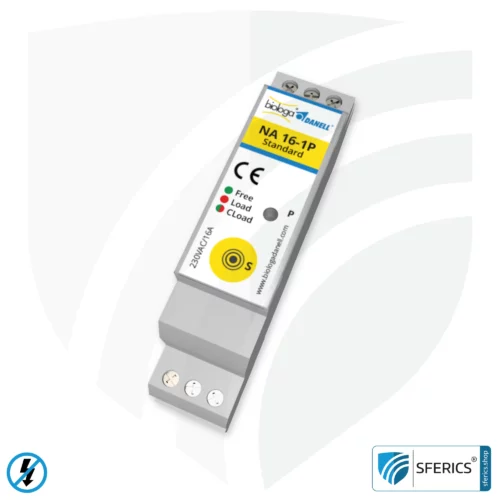 Demand switch NA 16-1P Standard | single-pole disconnection | self-learning, with touch sensor | including LED indicator light
Demand switch NA 16-1P Standard | single-pole disconnection | self-learning, with touch sensor | including LED indicator light
You may also like…
Connecting cable
Demand switch

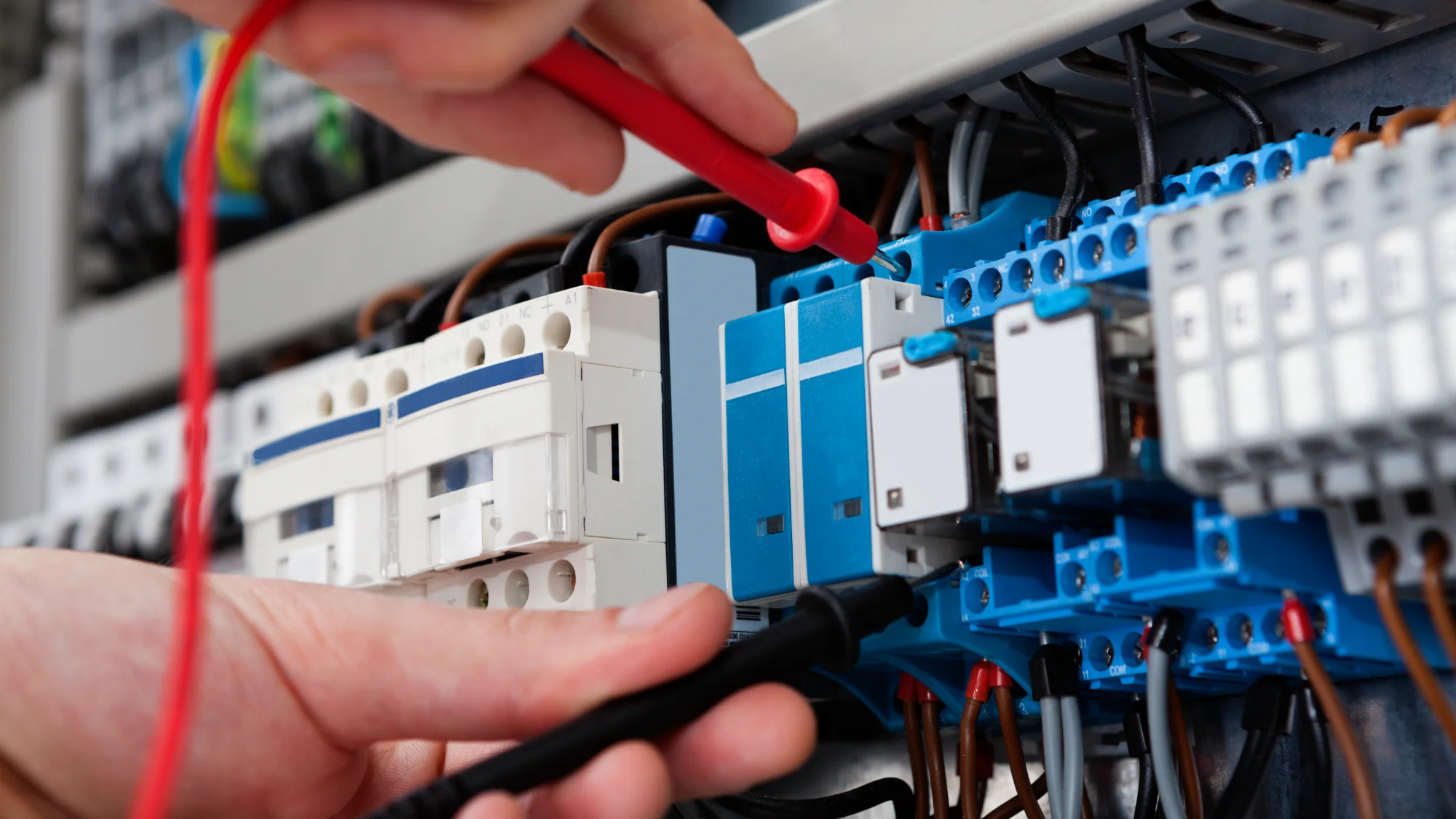

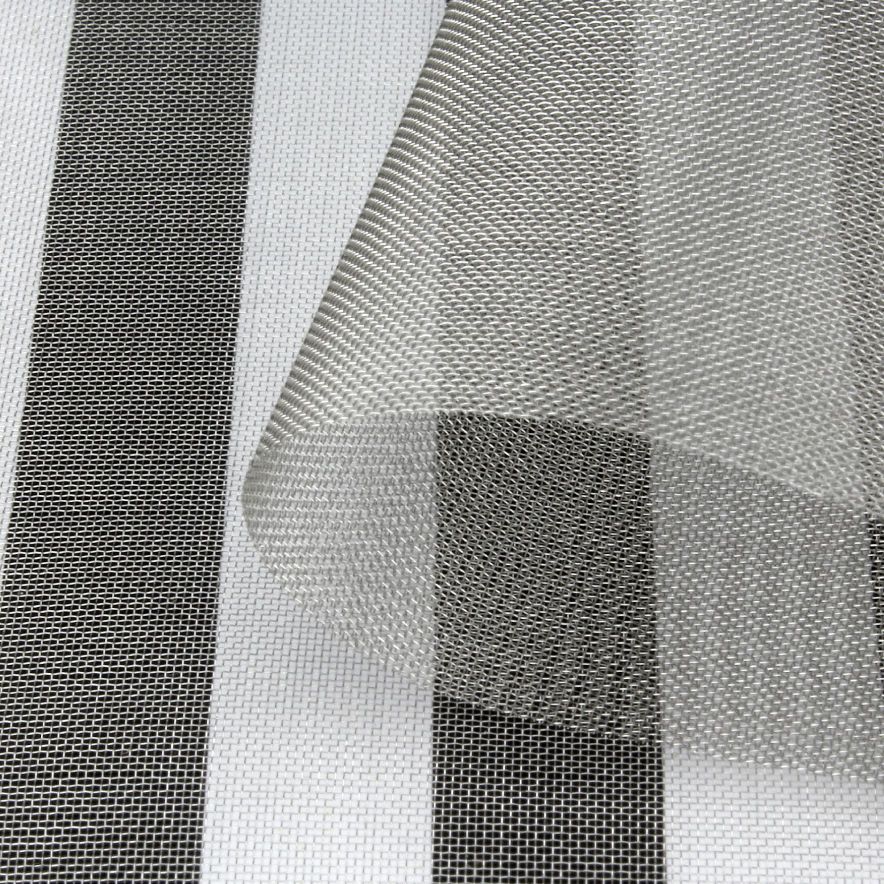

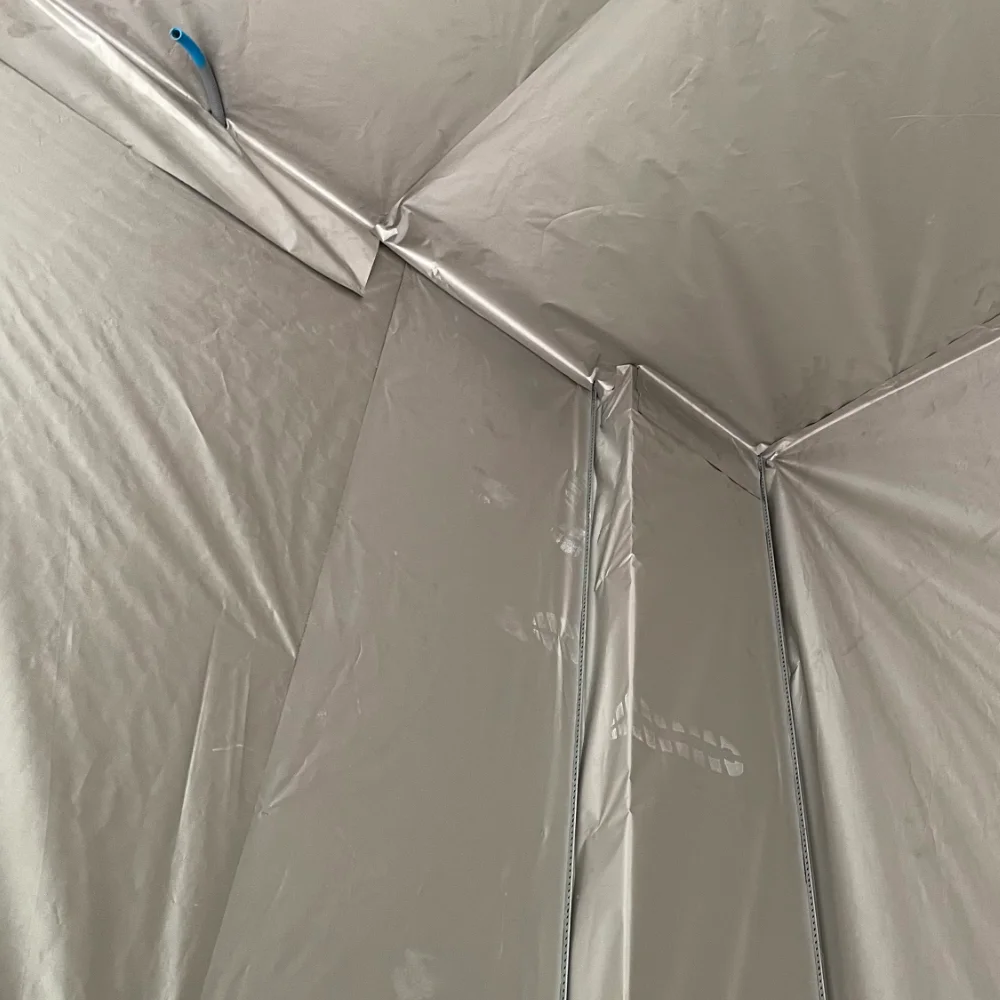


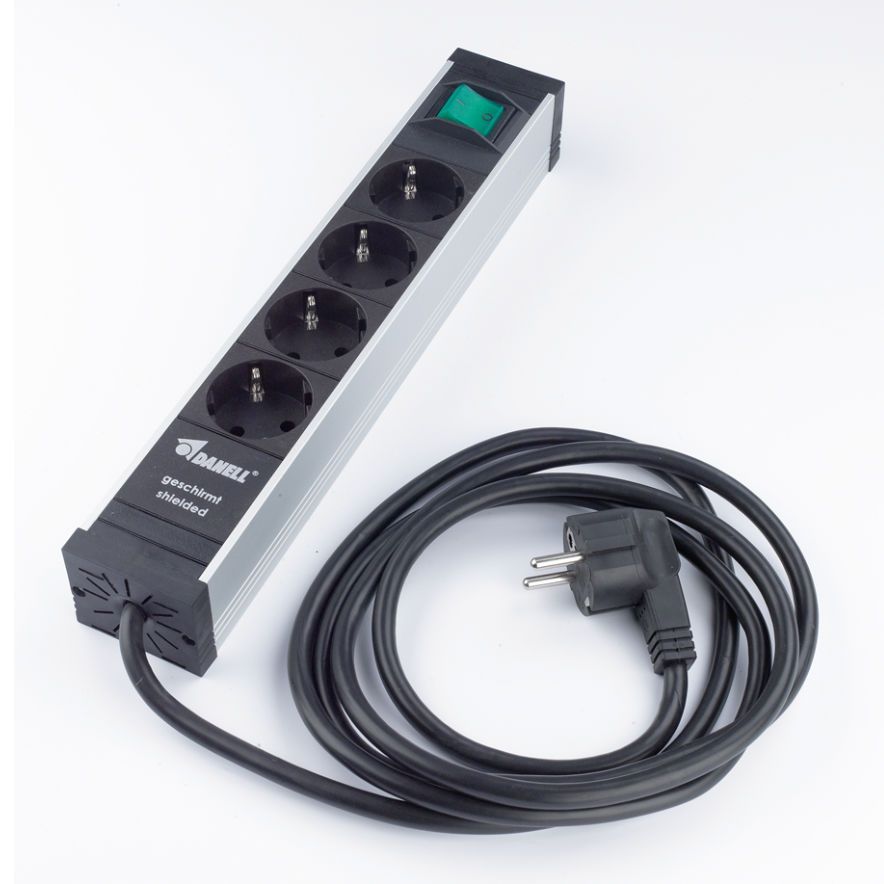

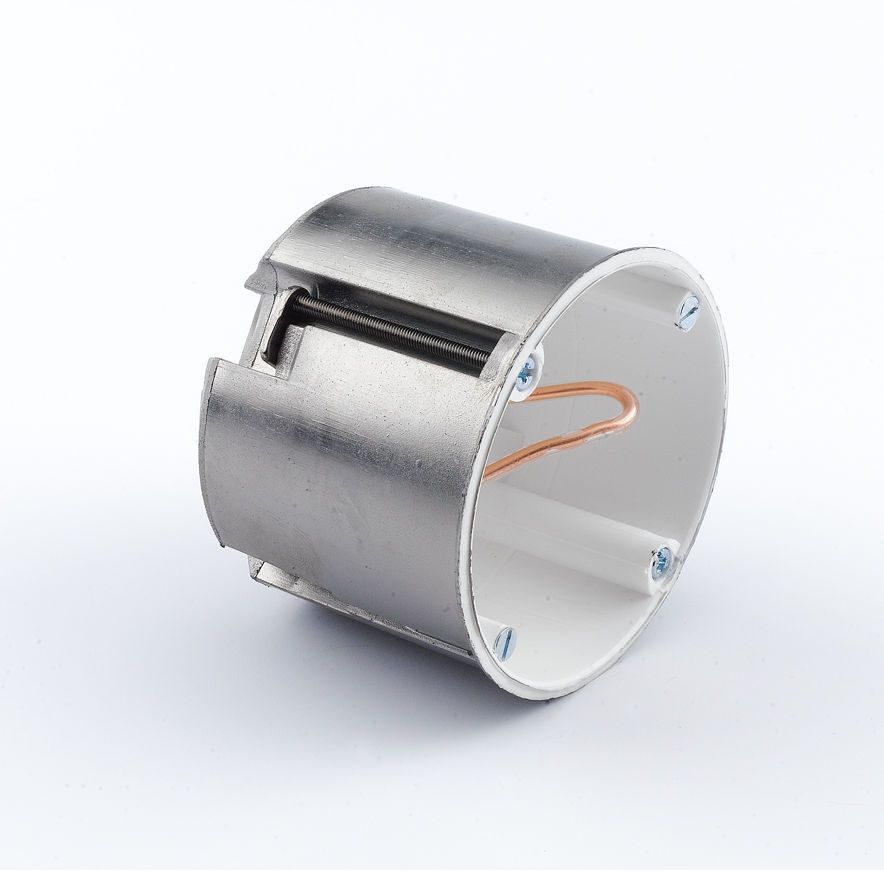



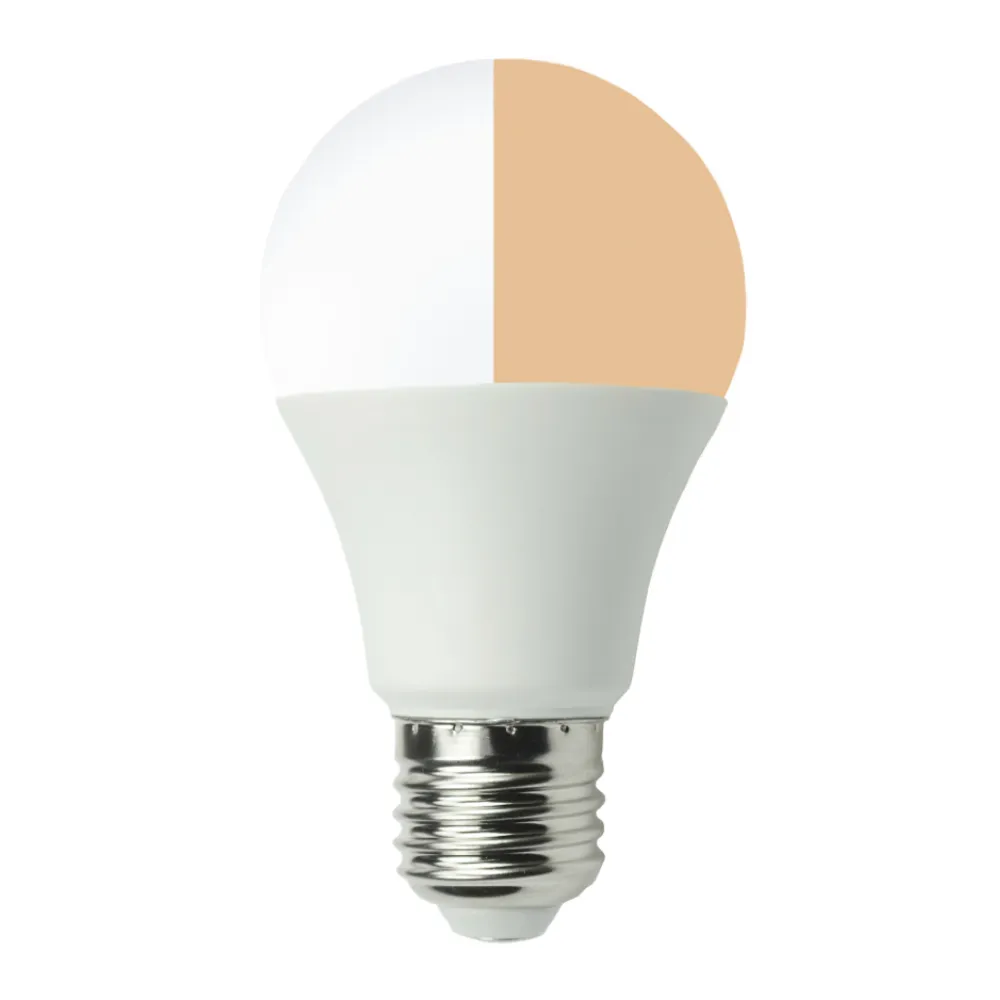
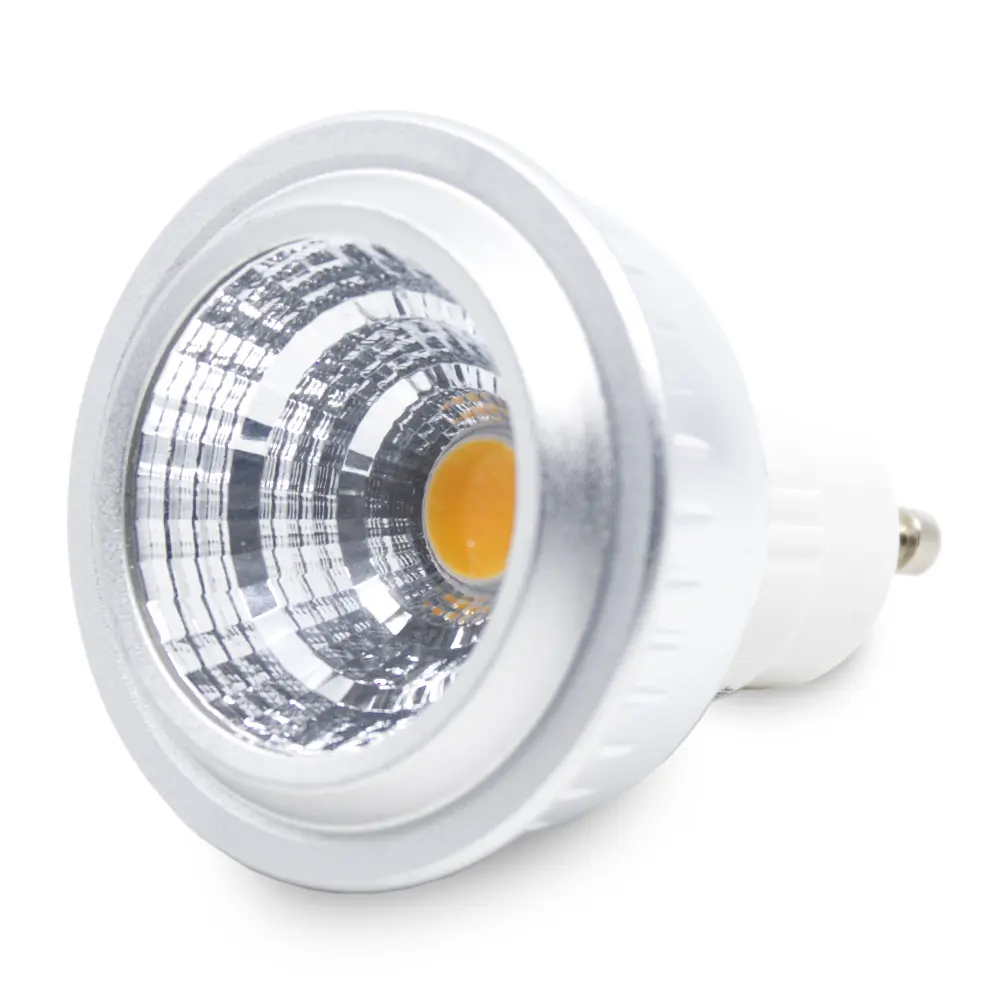
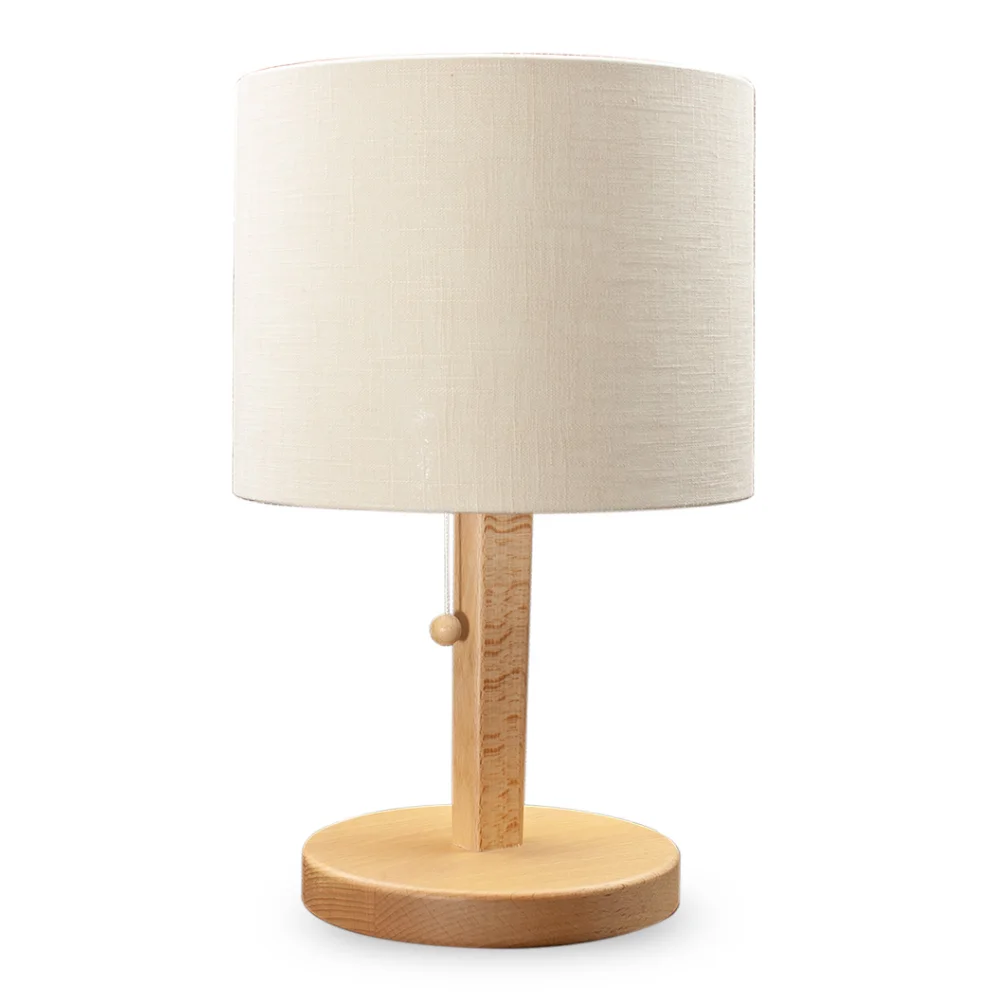

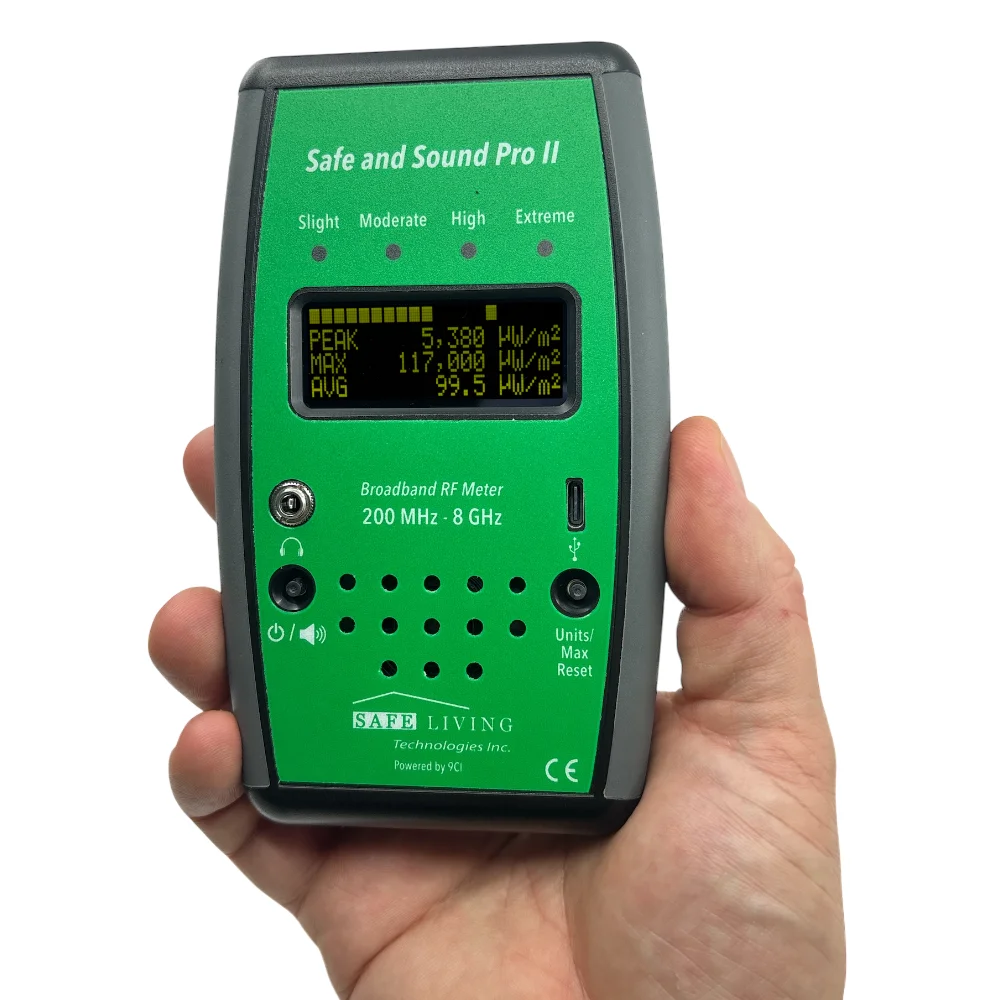
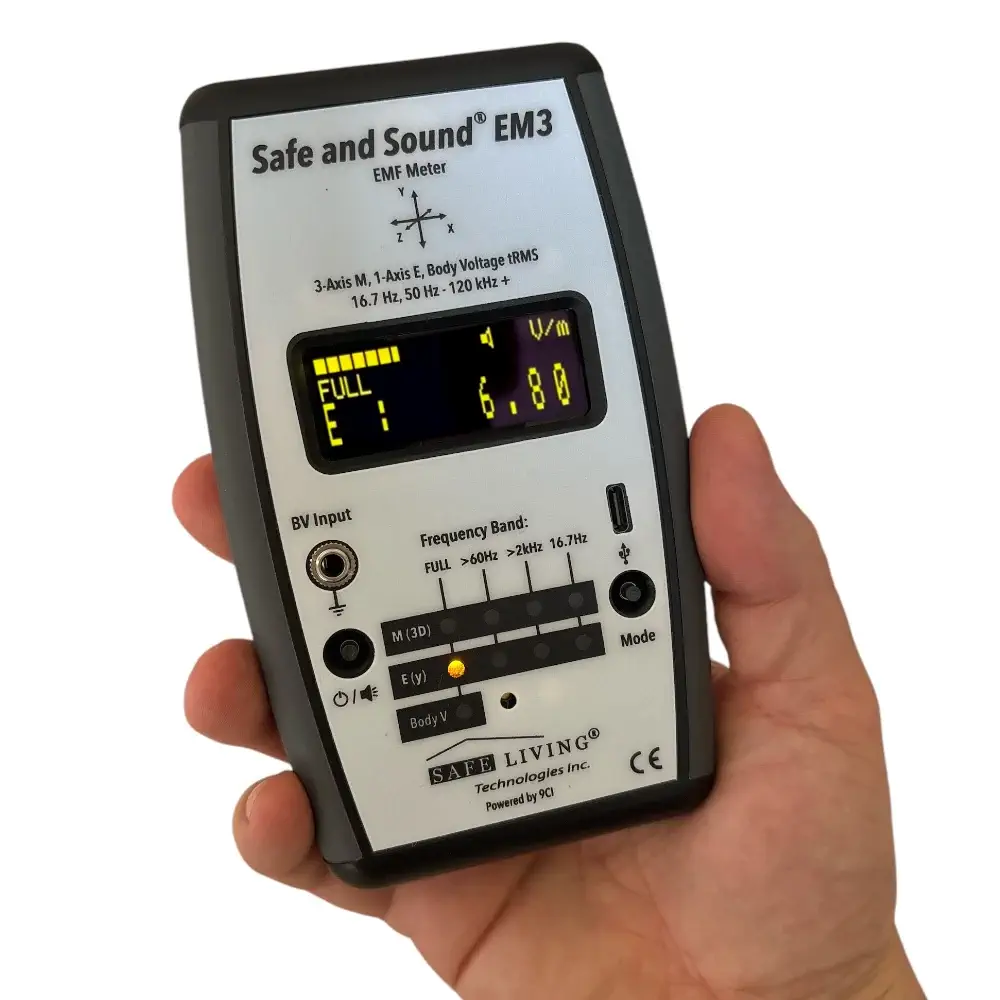


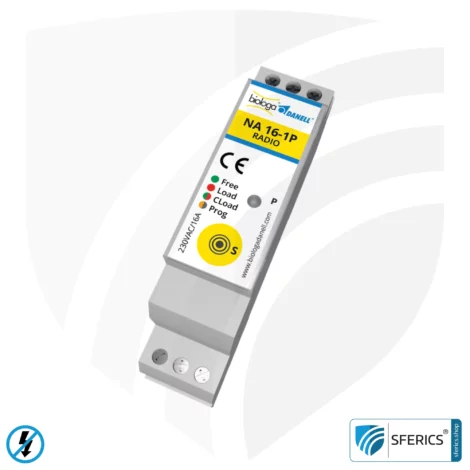
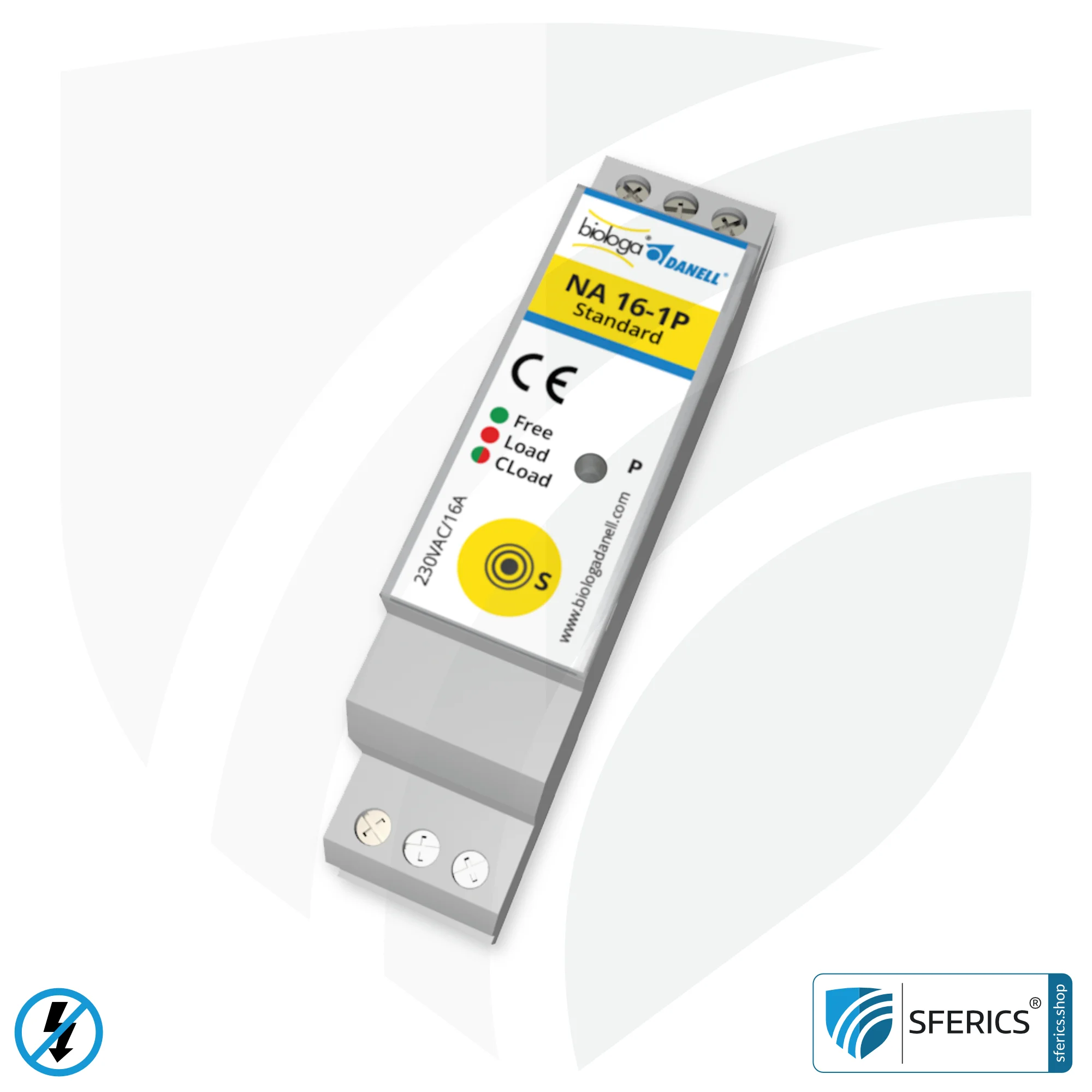

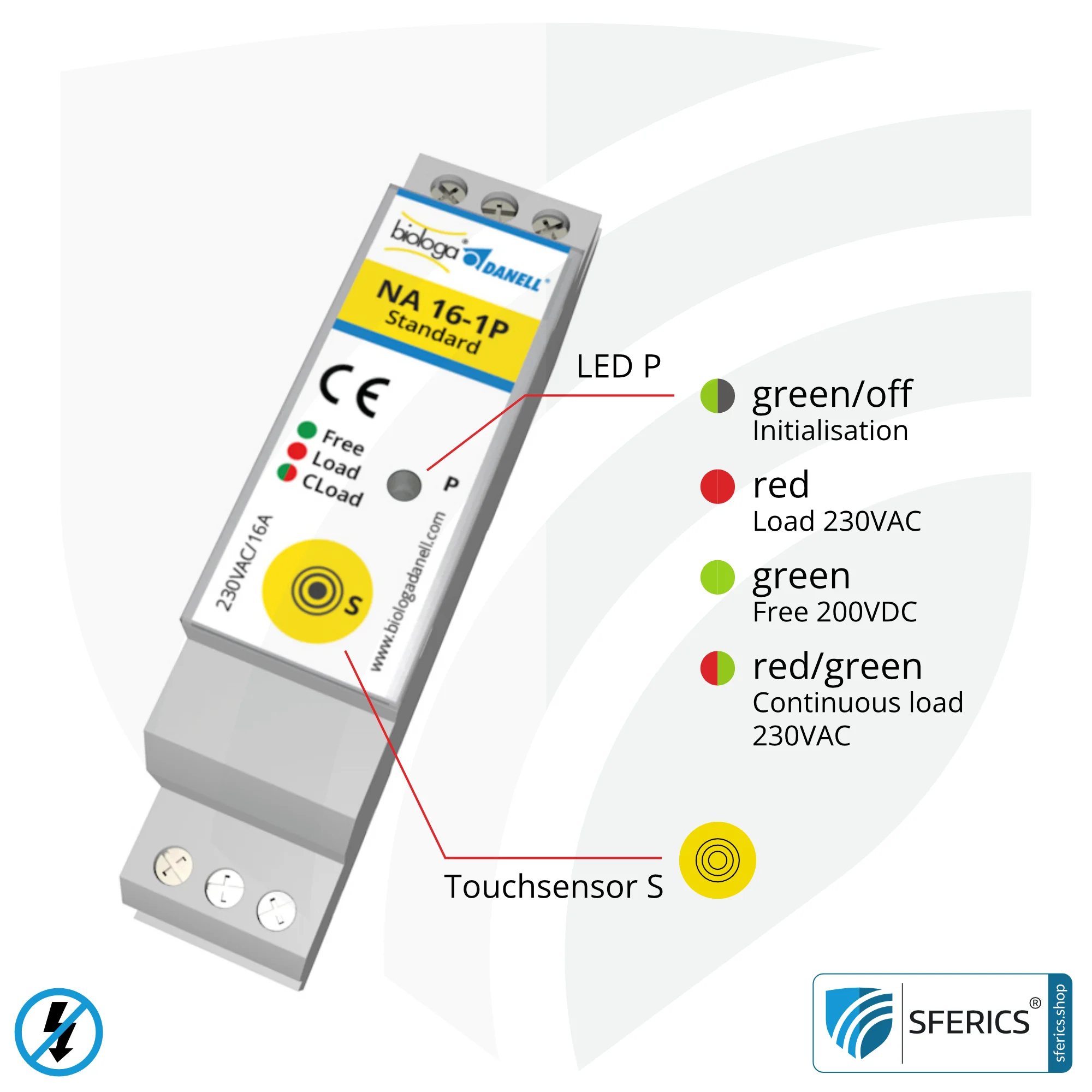
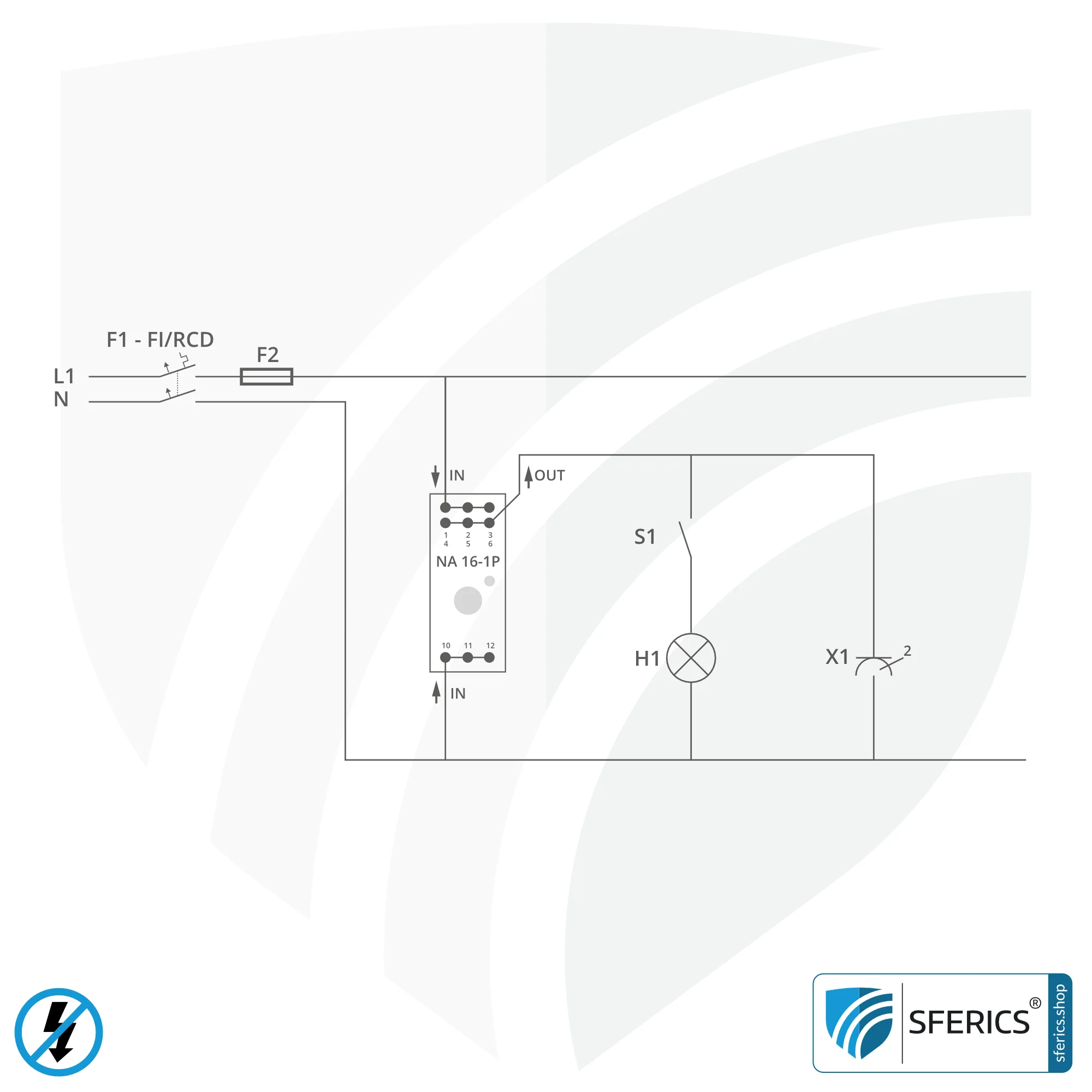
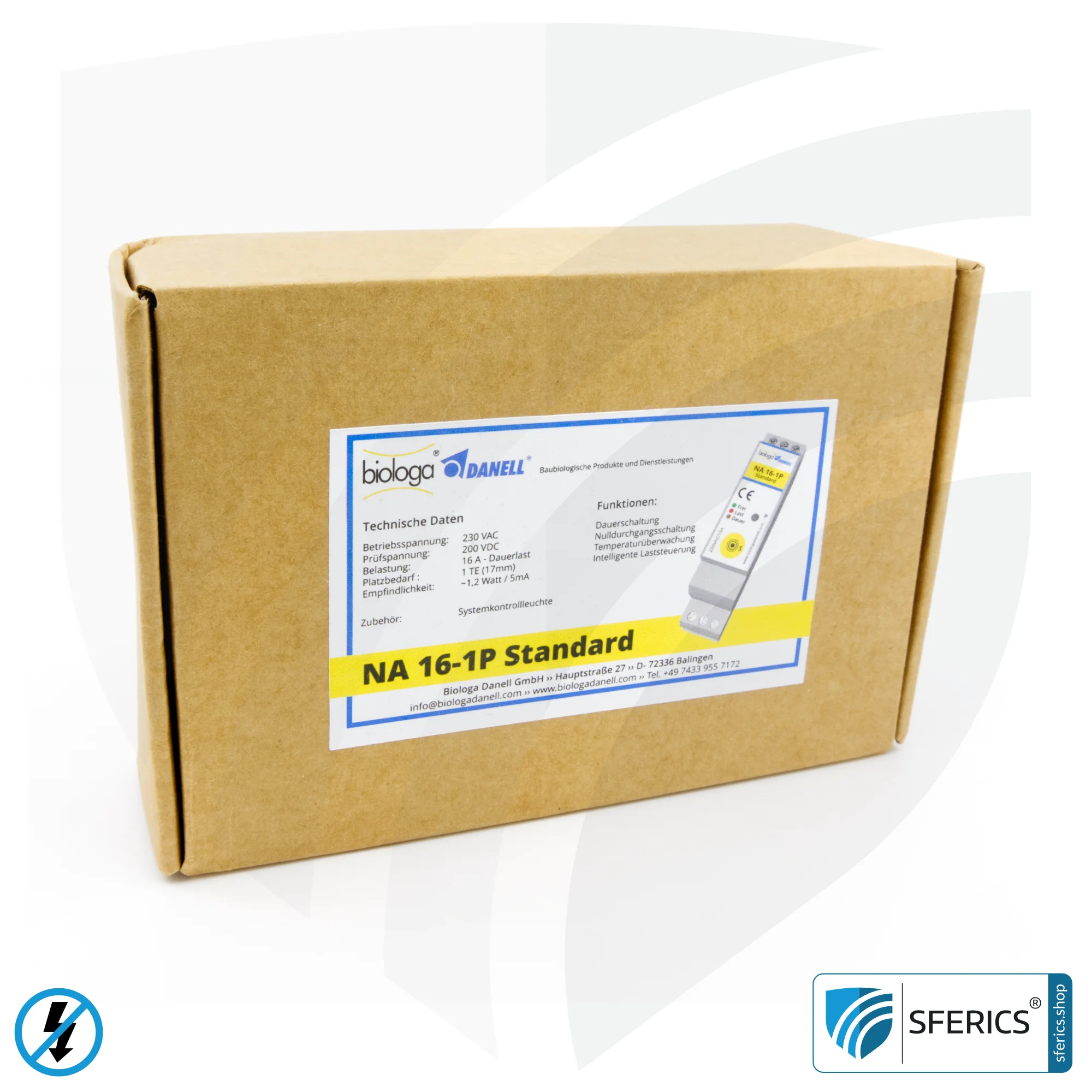
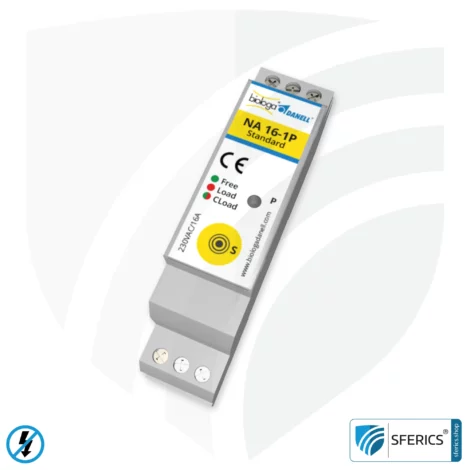
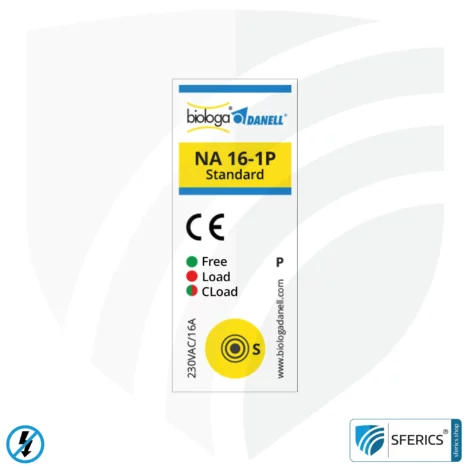
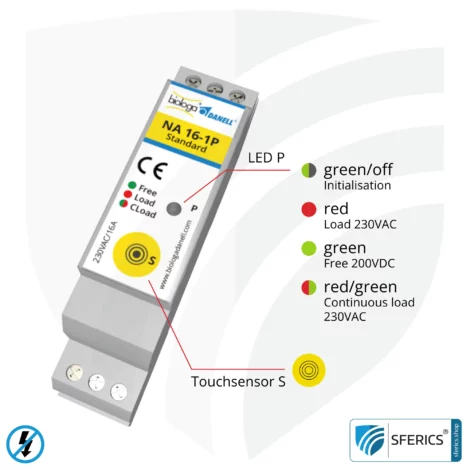
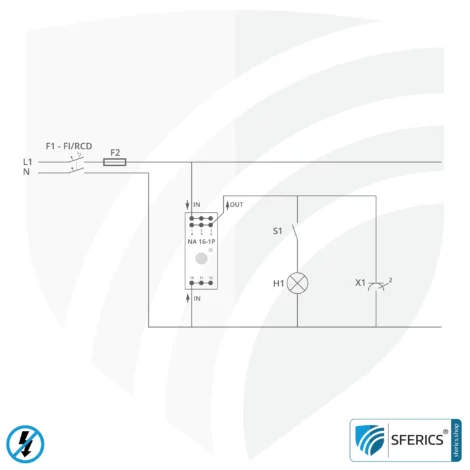
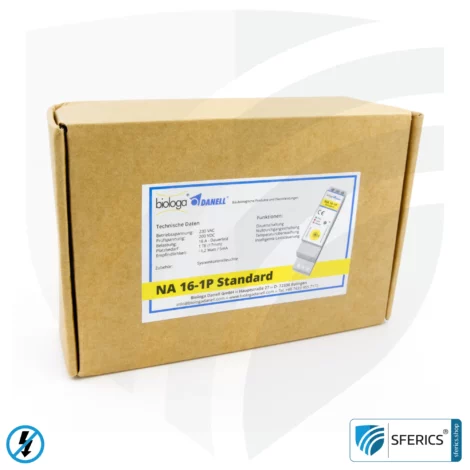
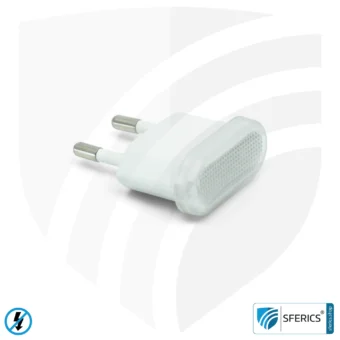

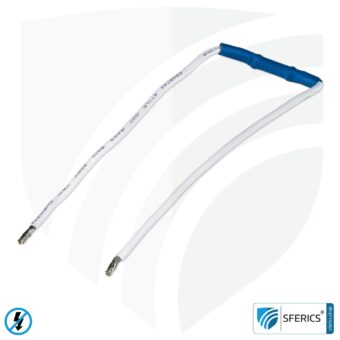
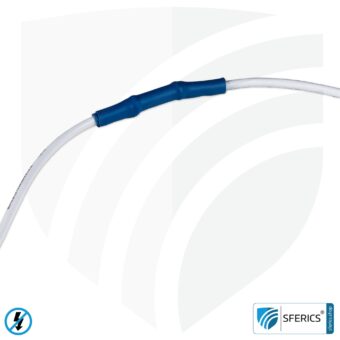
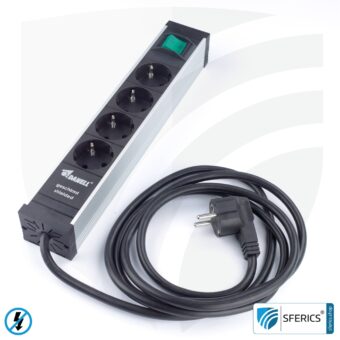
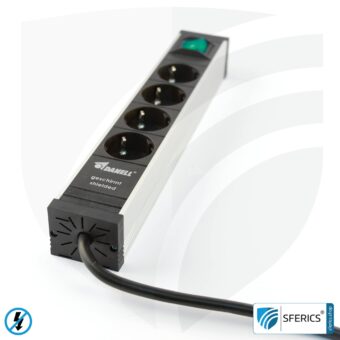
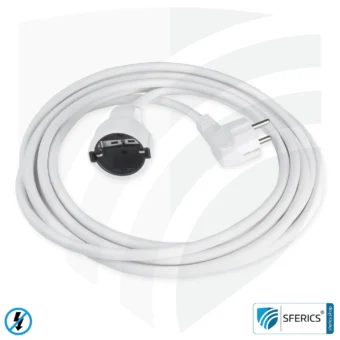
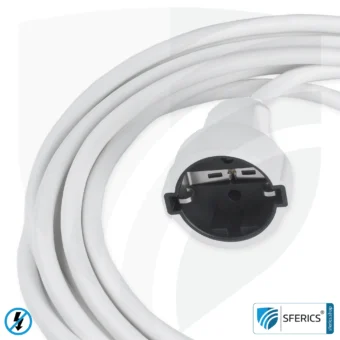
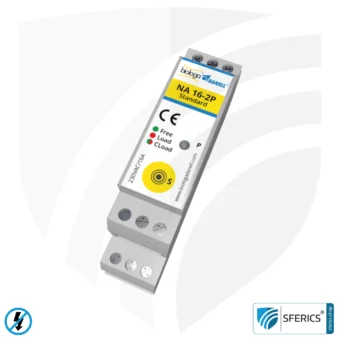
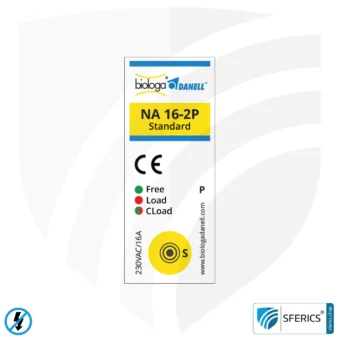


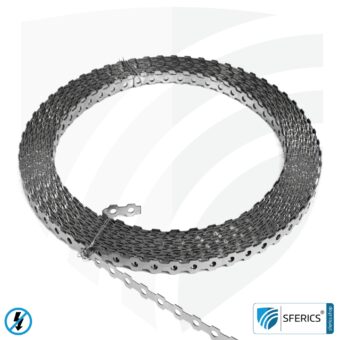
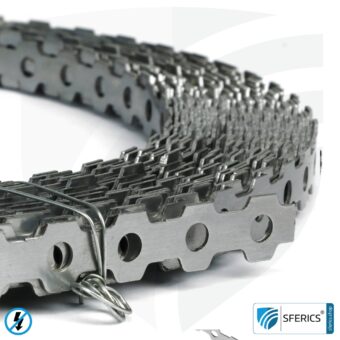
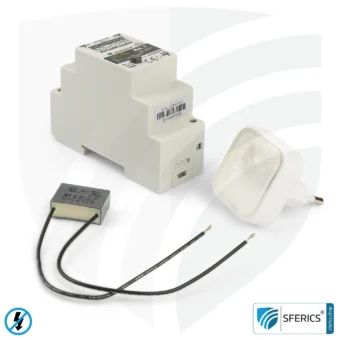
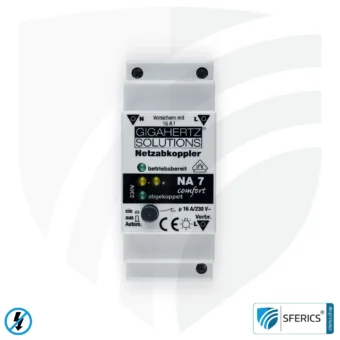

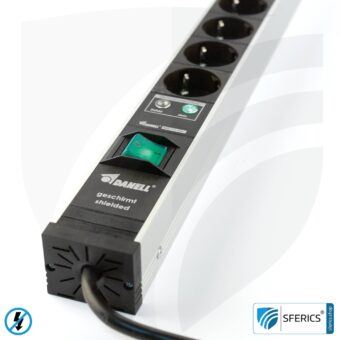





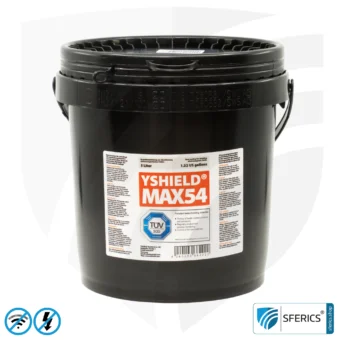
Reviews
There are no reviews yet